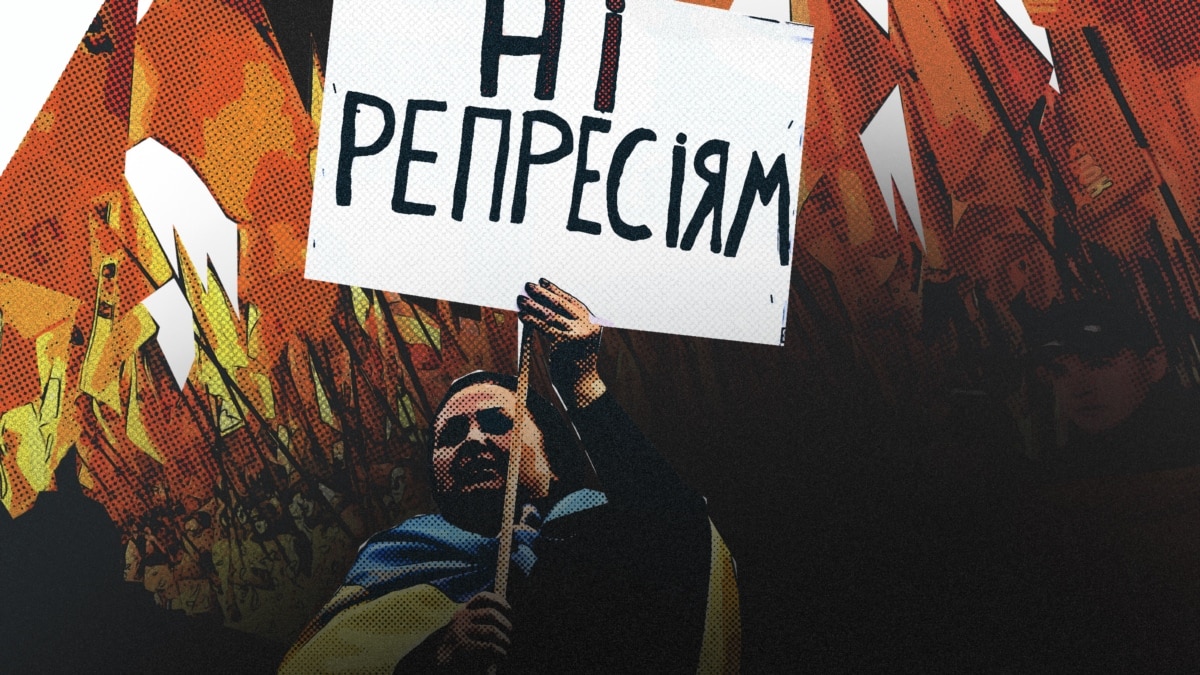
2020 has been a big year for protests throughout Current Time’s coverage zone. But this area is no stranger to massive demonstrations.
In the past 20 years, large-scale protests in the post-Soviet region have led to the overthrow of four countries’ governments. These uprisings are sometimes called “color revolutions.” However, not all of the 15 former Soviet republics have experienced such demonstrations.
How much do you know about this region’s past protests?
Incorrect. The first massive protests leading to a change of power began here in February 2005. Kyrgyzstan became the third country in the post-Soviet region – after Georgia (2003) and Ukraine (2004-2005) -- to experience such an event.

Correct. Protests started in Georgia in November 2003 over suspected fraud in the country’s parliamentary elections. The demonstrations led to the resignation of Georgian President Eduard Shevardnadze. This was the first “color revolution” in the post-Soviet region.

Incorrect. Ukraine’s so-called Orange Revolution began on November 22, 2004 and lasted until January 23, 2005. But successful demonstrations against suspected fraud in Georgia’s parliamentary elections and against Georgian President Eduard Shevardnadze began earlier, in November 2003. This was the first “color revolution” in the post-Soviet region.

Incorrect. The tulip was the symbol of Kyrgyzstan’s 2005 revolution and the rose represented Georgia’s 2003 revolution. The carnation has never been a symbol of protests in any of the countries of the former USSR.

Incorrect. Georgia’s 2003 revolution came to be called the Rose Revolution. The tulip was the symbol of Kyrgyzstan’s 2005 revolution. This flower was the emblem of the opposition Social Democratic Party of Kyrgyzstan, whose members were among the initiators of protests against falsified parliamentary election results.

Correct. During a November 22, 2003 speech by then President Eduard Shevardnadze to the newly elected Georgian parliament, thousands of protesters broke through a police cordon and made their way into the parliament building on Tbilisi’s Rustaveli Avenue. Headed by Mikhail Saakashvili, opposition members and protesters, some holding red roses, burst into the assembly hall, prompting Shevardnadze to flee and later resign. This event came to be called the Rose Revolution.

Incorrect. Almazbek Atambaev voluntarily retired from the presidency in 2017 when his presidential term came to an end. In April 2010, after a crackdown on protests that led to the deaths of 99 people, Kyrgyz President Kurmanbek Bakiev resigned. He had come into power in 2005 following massive protests against election fraud.
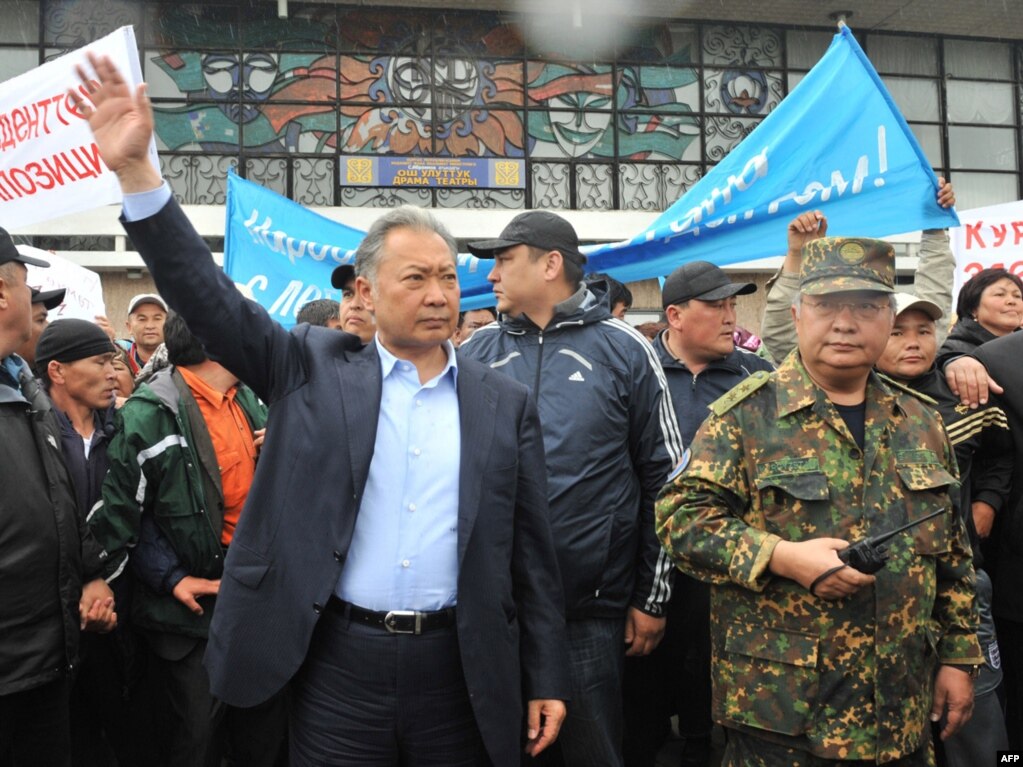
Correct. Bakiev, a former Kyrgyz prime minister, came into power on the wave of the 2005 Tulip Revolution that overthrew President Askar Akaev. However, Bakiev was forced to resign after April 7-15, 2010 protests staged by Kyrgyzstan’s opposition against his policies and suspected corruption.

Incorrect. In 2010, after a crackdown on protests that led, according to official data, to the deaths of 99 people, Kyrgyz President Kurmanbek Bakiev resigned from office. Bakiev had become president in 2005 as a result of the Tulip Revolution that removed Askar Akaev from power.

Correct. Serzh Sargsyan was compelled to resign as Armenia’s prime minister on April 23, 2018 after protests against official election results that gave his Republican Party a parliamentary majority. Despite Armenia’s close ties with Russia, Sargsyan did not seek refuge there, but remained in Armenia. Ex-Kyrgyz President Askar Akaev and ex-Ukrainian President Viktor Yanukovych, however, have lived in Russia ever since their overthrows in 2005 and 2014, respectively.

Incorrect. Ex-Armenian Prime Minister Serzh Sargsyan is the ousted leader who did not move to Russia. After Ukraine’s 2014 protests, ex-President Viktor Yanukovych fled to Russia, where he lives to this day. Russian President Vladimir Putin recounted that he had commanded the Russian special services to extract Yanukovych from Ukraine on the night of February 22-23, 2014.

Incorrect. Ex-Armenian Prime Minister Serzh Sargsyan is the ousted leader who did not move to Russia. After losing power in the 2005 Tulip Revolution, ex-Kyrgyz President Askar Akaev fled to Russia. Kyrgyzstan’s prosecutor general filed criminal charges against Akaev and officially requested Russia to hand him over for trial, but Russia refused to extradite him.

Correct. Kurmanbek Bakiev was removed from power in Kyrgyzstan after the 2010 April Revolution. As of April 19, 2010, Bakiev has lived in Belarus, where he received political asylum. In Kyrgyzstan, he was found guilty of abuse of office and involvement with an organized crime group allegedly linked to three murders. He was sentenced in absentia to 24 years in a maximum-security prison colony.
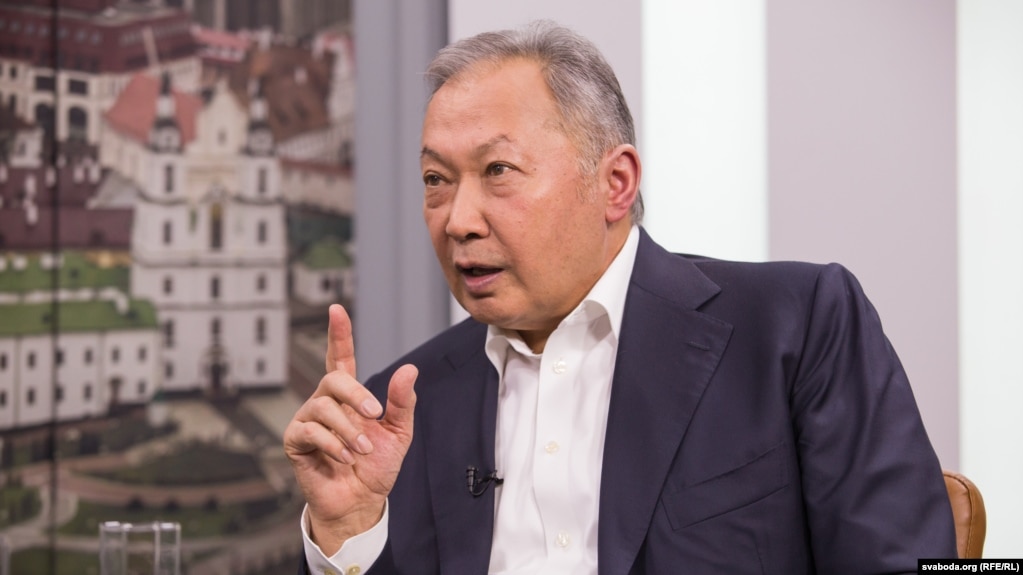
Incorrect. Shevardnadze resigned as Georgia’s president on November 23, 2003 after the Rose Revolution but remained in Georgia. At the age of 87, he died on July 7, 2014 in his residence in Krtsanisi, an elite Tbilisi suburb. By contrast, ex-Kyrgyz President Kurmanbek Bakiev fled to Belarus in 2010 after his removal from power. He received political asylum there.

Incorrect. After Kyrgyzstan’s April 2010 revolution, ex-Kyrgyz President Kurmanbek Bakiev fled to Belarus, where he received political asylum. In Kyrgyzstan, he was found guilty of abuse of office and involvement with an organized crime group allegedly linked to three murders. He was sentenced in absentia to 24 years in a maximum-security prison colony.

Incorrect. The Ukrainian government’s rejection of closer ties with the European Union became the reason for Ukraine’s 2013-2014 Euromaidan uprising. Armenia’s 2008 protests began after presidential elections in which Prime Minister Serzh Sargsyan was named the official winner. In 2018, such demonstrations occurred after the reappointment of outgoing President Sargsyan as prime minister, a move that was seen by many as an attempt to hold onto power.
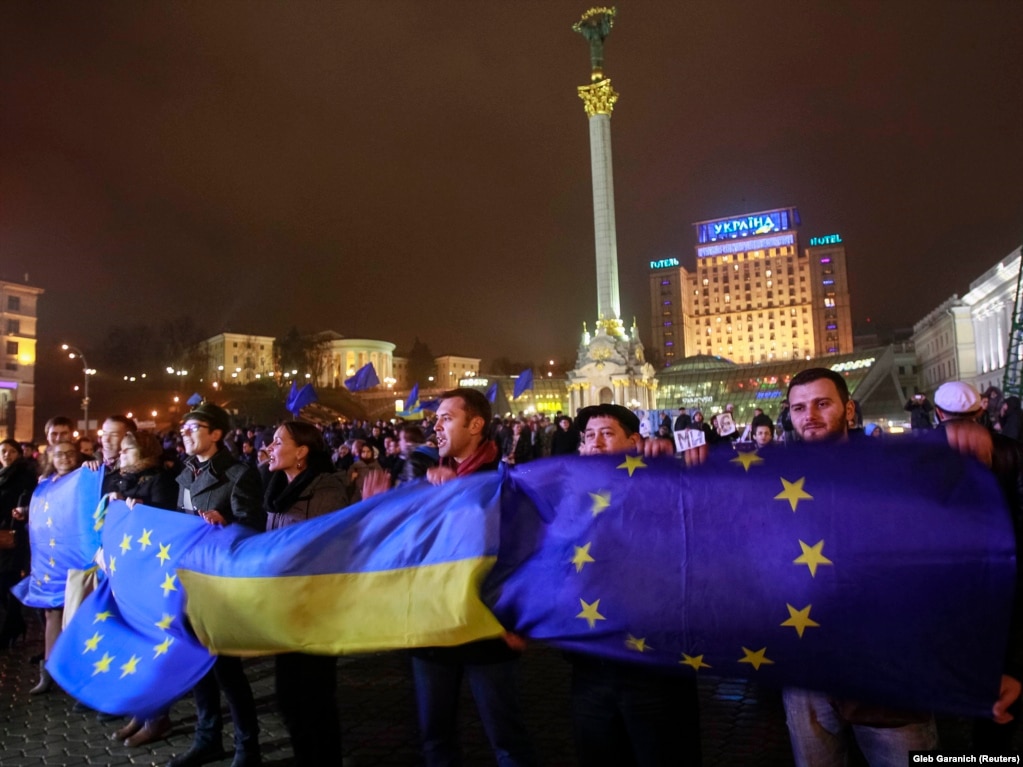
Correct. At the end of 2013, after President Viktor Yanukovych’s administration announced a halt to integration with the European Union, protests began in Ukraine. These events are known in Ukrainian history as “Euromaidan,” a reference to the main square, or “maidan,” in Kyiv where the protests occurred.

Incorrect. Official parliamentary election results led to Georgia’s 2003 Rose Revolution. The opposition declared them falsified; an opinion shared by many foreign observers and a large part of the population. The Ukrainian government’s rejection of closer ties with the European Union became the reason for Ukraine’s 2013-2014 Euromaidan uprising.

Incorrect. As a result of the 2005 Orange Revolution, Viktor Yanukovych did not become president, although he remained in Ukrainian politics. Five years later, he won Ukraine’s presidential elections. However, after the 2014 Revolution of Dignity, he fled to Russia.

Correct. In February 2014, after protesters were shot in downtown Kyiv, President Viktor Yanukovych fled to Russia. The protests of 2013-2014 are called Euromaidan or the “Revolution of Dignity”.

IIncorrect. The Language Maidan was a series of protests in Ukraine in 2012 against adoption of a law that provided for two official languages – Ukrainian and Russian – in regions where the Russian-speaking minority made up more than 10 percent of the population. These protests had no political consequences, and the proposed bill was adopted. Viktor Yanukovych fled from Ukraine in 2014 after the so-called Revolution of Dignity.

Incorrect. Former Ukrainian Prime Minister Yulia Tymoshenko left prison after Ukraine’s 2014 Revolution of Dignity. Though multiple government critics and protesters have been jailed under his rule, Azerbaijan’s President Ilham Aliyev, in power since 2003, has never been imprisoned.
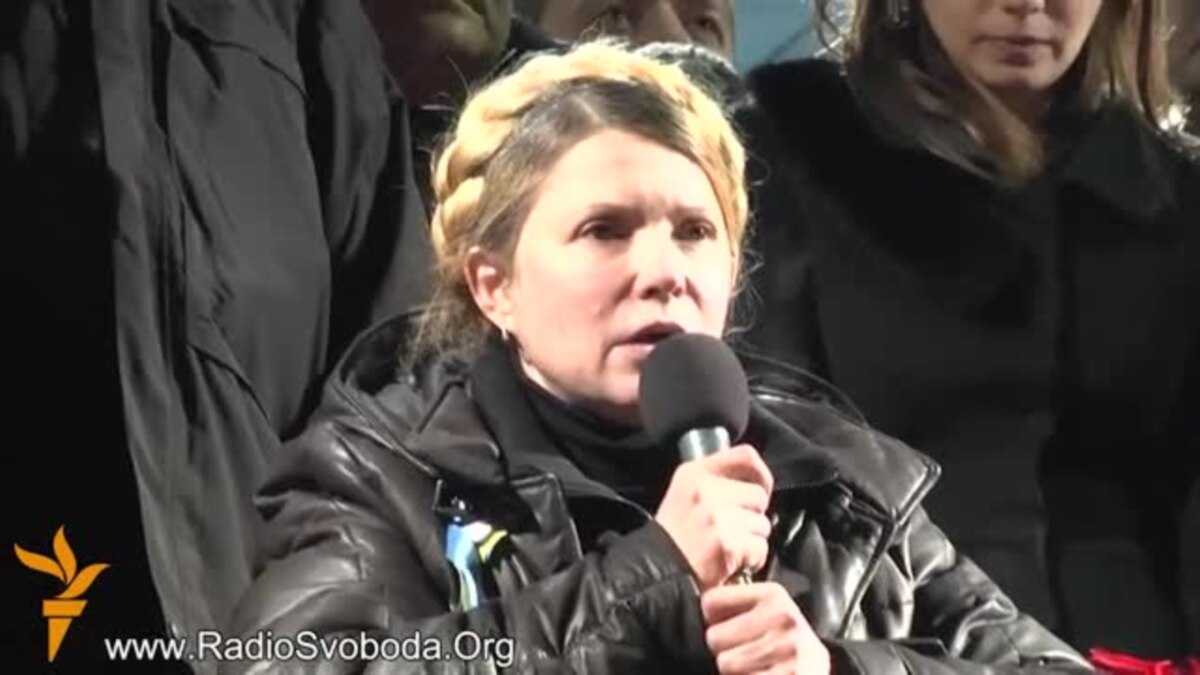
Correct. In 2011, former Ukrainian Prime Minister Tymoshenko was sentenced to 7 years in prison for abuse of office in concluding gas contracts with Russia in 2009. The European Union, Russia, and the United States called the sentence politically motivated. Tymoshenko left prison on February 22, 2014 after the Revolution of Dignity removed President Viktor Yanukovych from power.

Incorrect. Former Ukrainian Prime Minister Yulia Tymoshenko was released from prison after the 2014 Revolution of Dignity. In 2011, she was sentenced to 7 years in prison for abuse of office in concluding gas contracts with Russia in 2009. The European Union, Russia, and the United States called the sentence politically motivated. Tymoshenko left prison on February 22, 2014 after President Viktor Yanukovych fled Ukraine.
Current Armenian Prime Minister Nikol Pashinian was imprisoned in 2009 for supposedly organizing unrest over Armenia’s 2008 presidential election results. The clashes with police led to the deaths of 10 people. Pashinian was released in a 2011 prisoner amnesty.

Incorrect. Black January or Bloody January refers to the use of the Soviet army against protesters in the Azerbaijani capital of Baku on January 20, 1990. Based on official data, 133 people were killed and 611 people were wounded by the violence.
Ukraine’s 2014 protests intensified after a January 19, 2014 event deemed a “baptism of blood,” in which Euromaidan protesters clashed with police and burned their buses.
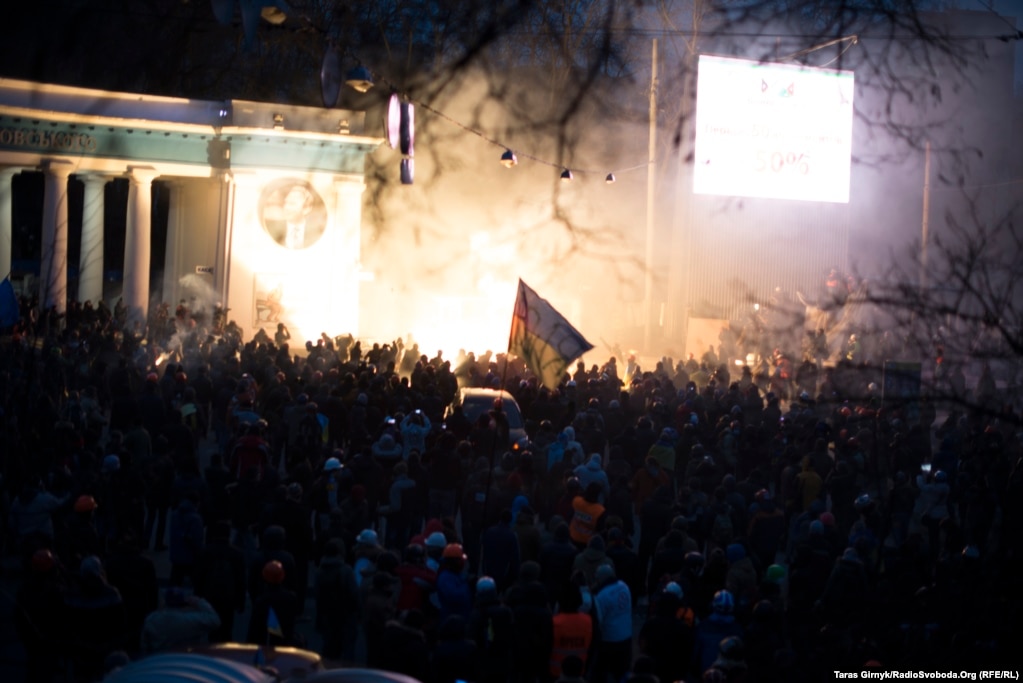
Incorrect. Bloody Sunday refers to Russia’s 1905 violent crackdown on workers headed to St. Petersburg’s Winter Palace to petition Russian Tsar Nicholas II about their needs. Ukraine’s 2014 protests intensified after the January 19, 2014 event dubbed “Baptism of Blood,” in which Euromaidan protesters clashed with police. The protests finally ended roughly a month later.

Correct. On January 19, 2014, during the Euromaidan protests, a column of protesters headed to Kyiv’s Hrushevsky Street. Massive clashes with police took place here, and protesters burned security officers’ buses. This day came to be called a “baptism of blood.” The protests intensified after the violence, and finally ended roughly a month later.

Correct. The “Occupy Abai” protest took place in Moscow on May 8-16, 2012. The start of the protest was linked with the third presidential inauguration of Vladimir Putin, which Russian opposition groups considered illegal. A significant number of the protesters gathered around a monument to Kunanbaev, whom they saw as a champion of freedom.

Incorrect. Minsk, Belarus’ capital, does not contain a monument to Kazakh poet Abai Kunanbaev. The “Occupy Abai” protest took place in Moscow on May 8-16, 2012. The start of the protest was linked with the third presidential inauguration of Vladimir Putin, which Russian opposition groups considered illegal. A significant number of the protesters gathered around a monument to Kunanbaev, whom they saw as a champion of freedom.

Incorrect. Bishkek, Kyrgyzstan’s capital, does not have a monument to Kazakh poet Abai Kunanbaev. The “Occupy Abai” protest took place in Moscow on May 8-16, 2012. The start of the protest was linked with the third presidential inauguration of Vladimir Putin, which Russian opposition groups considered illegal. A significant number of the protesters gathered around a monument to Kunanbaev, whom they saw as a champion of freedom.

Incorrect. The expression “Jeans Revolution” appeared in Belarus during a September 16, 2015 rally in memory of missing politicians. After law enforcement took away the protesters’ photos of these politicians and their historical white-red-white Belarusian flags, an activist from the Zubr (Bison) youth movement, Nikita Sasim, raised his jean jacket over his head in place of the confiscated flag. Later, Zubr proposed that Belarusians wear denim clothes on the 16th of each month to remember the missing politicians.
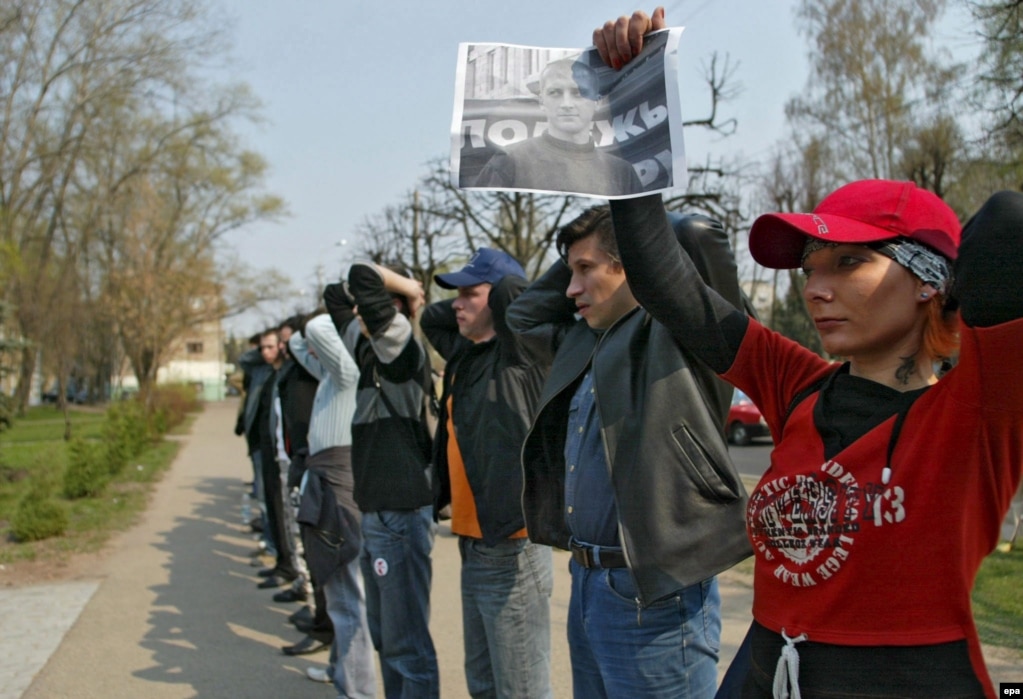
Correct. The expression “Jeans Revolution” appeared in Belarus during a September 16, 2015 rally in memory of missing politicians. After law enforcement took away the protesters’ photos of these politicians and their historical white-red-white Belarusian flags, an activist from the Zubr (Bison) youth movement, Nikita Sasim, raised his jean jacket over his head in place of the confiscated flag. Later, Zubr proposed that Belarusians wear denim clothes on the 16th of each month to remember the missing politicians.

Incorrect. The expression “Jeans Revolution” appeared in Belarus during a September 16, 2015 rally in memory of missing politicians. After law enforcement took away the protesters’ photos of these politicians and their historical white-red-white Belarusian flags, an activist from the Zubr (Bison) youth movement, Nikita Sasim, raised his jean jacket over his head in place of the confiscated flag. Later, Zubr proposed that Belarusians wear denim clothes on the 16th of each month to remember the missing politicians.

Incorrect. In the summer of 2015, sit-down protests in the Armenian capital, Yerevan, against an increase in electricity prices were dubbed Electric Yerevan in English or, in Russian, “Elektromaidan.”
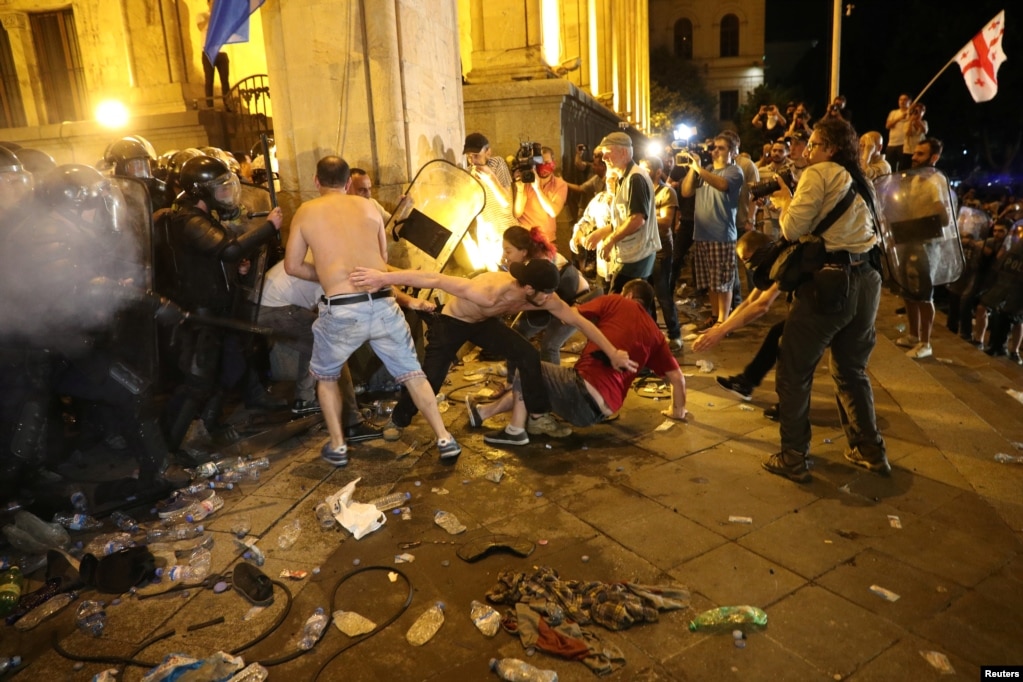
Correct. Although Russian state media call all street protests “Maidans,” not a single one of Georgia’s protests has carried that name.

Incorrect. Ukraine has experienced a Tax Maidan (2010), Language Maidan (2012), and a Euromaidan (2013-2014) protest.

Correct. Mikhail Saakashvili was 35 at the time of Georgia’s 2003 Rose Revolution and 36 when he became president in 2004.
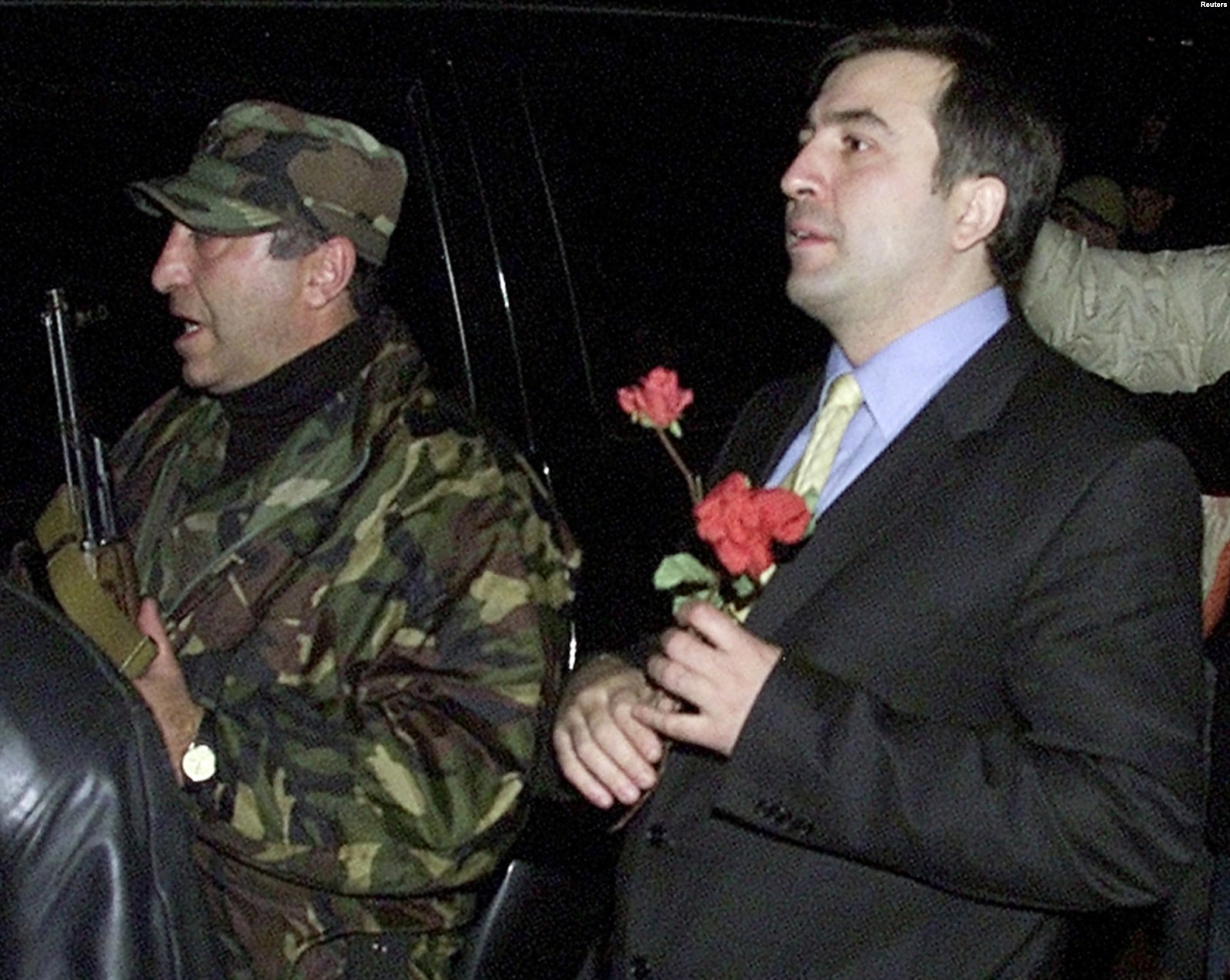
Incorrect. When Nikol Pashinian became prime minister of Armenia after the so-called “Velvet Revolution” of 2018, he was 42 years old. The youngest protest leader was Mikhail Saakashvili, who was 35 at the time of Georgia’s 2003 Rose Revolution and 36 when he became president in 2004.

Incorrect. At the start of Belarus’ 2020 protests against its presidential election results, candidate Svyatlana Tsikhanouskaya was 37 years old. The youngest protest leader was Mikhail Saakashvili, who was 35 at the time of Georgia’s 2003 Rose Revolution and 36 when he became president in 2004.

